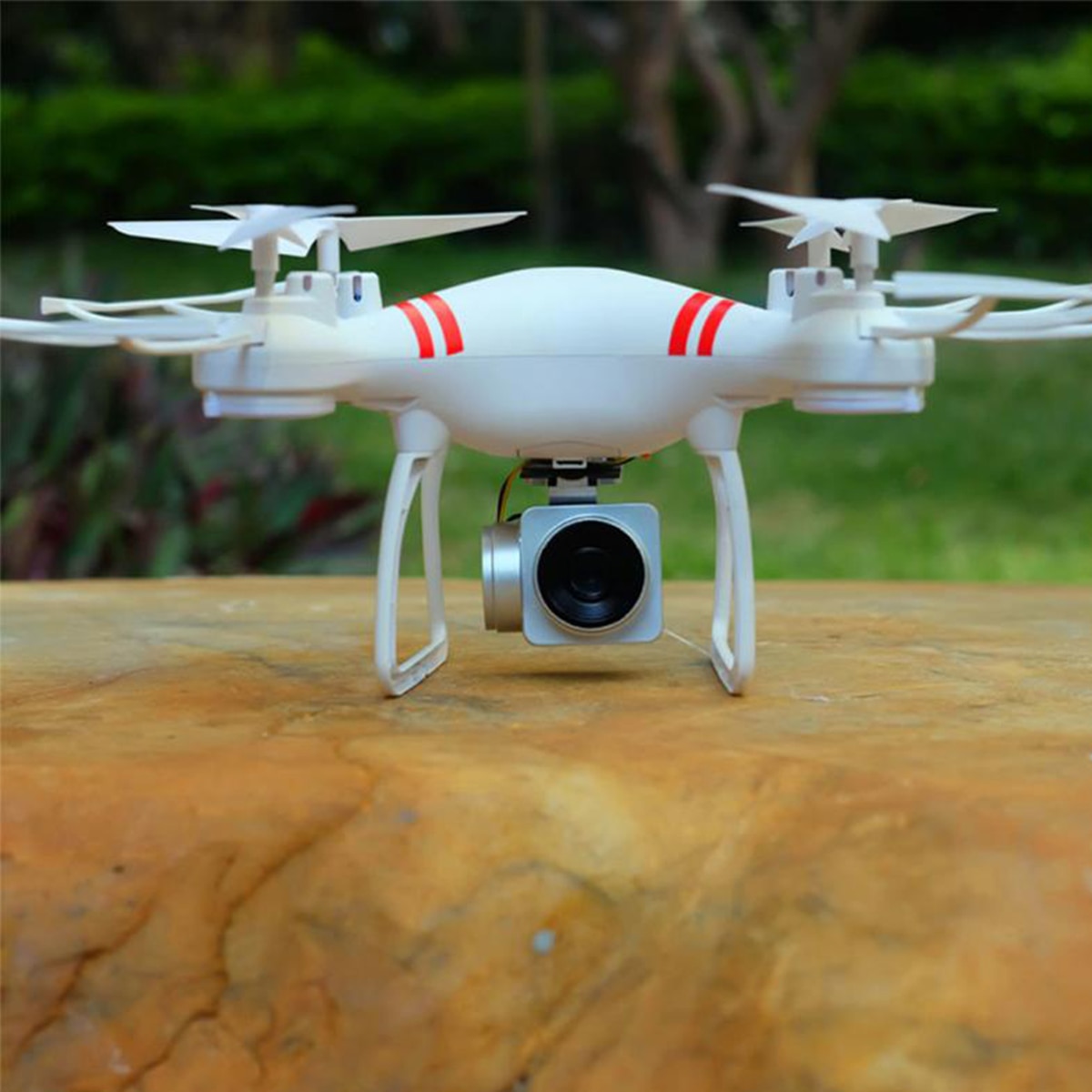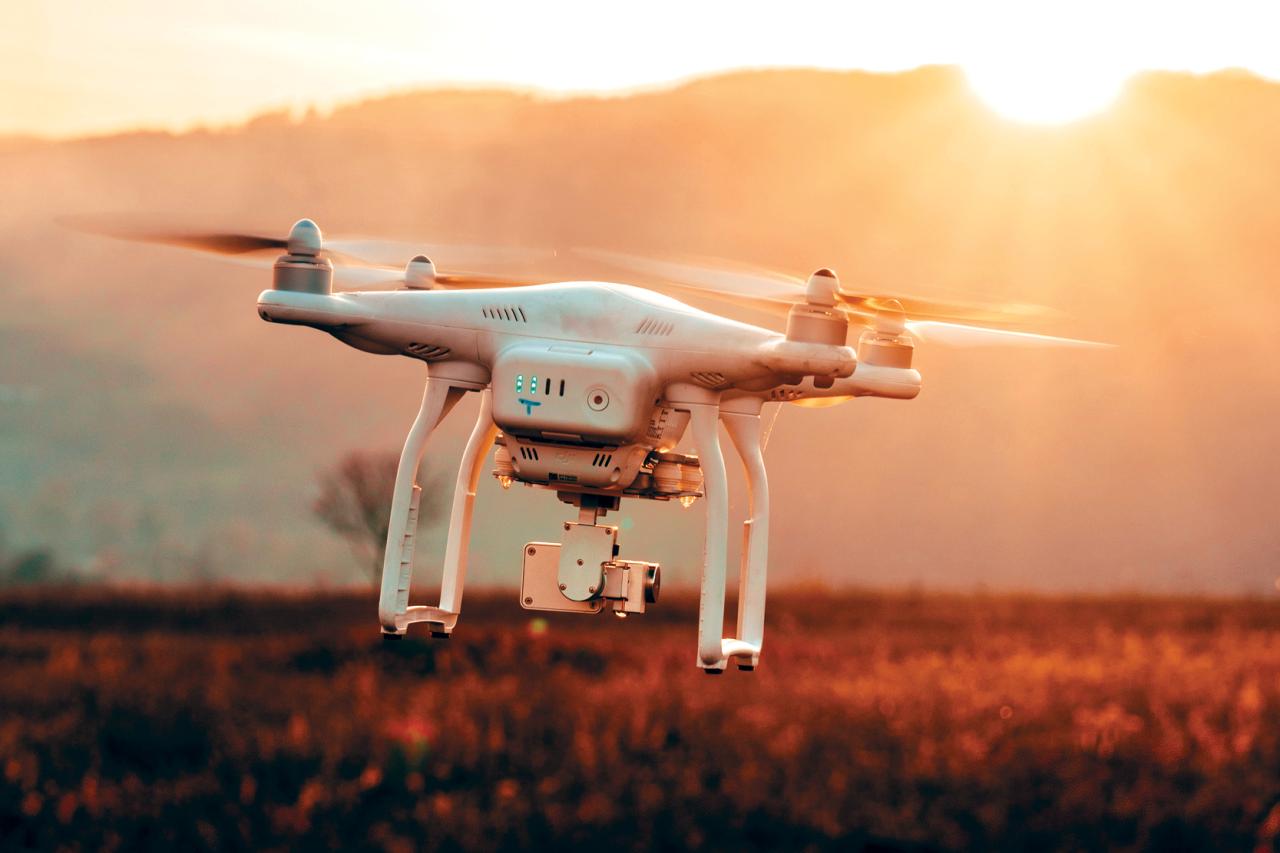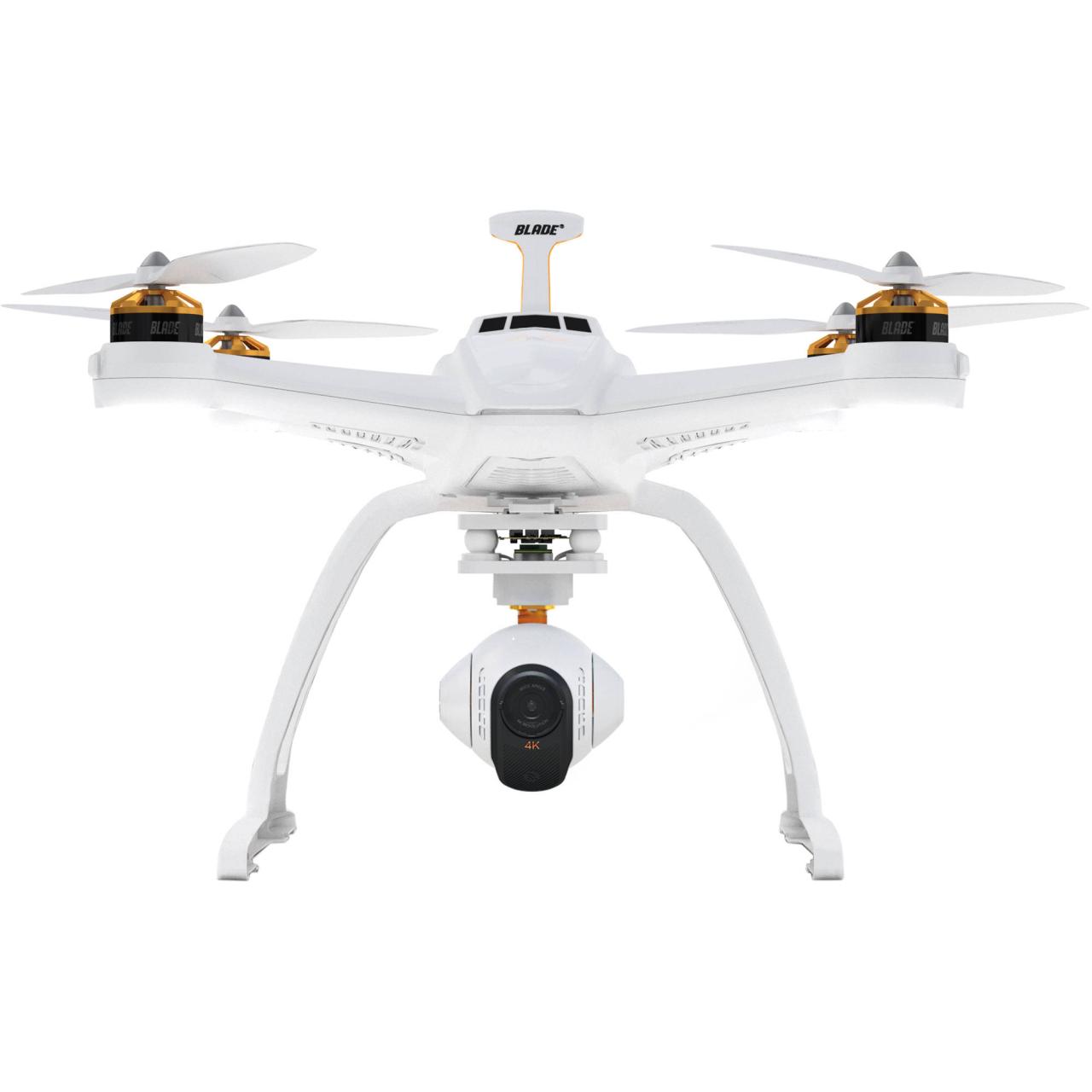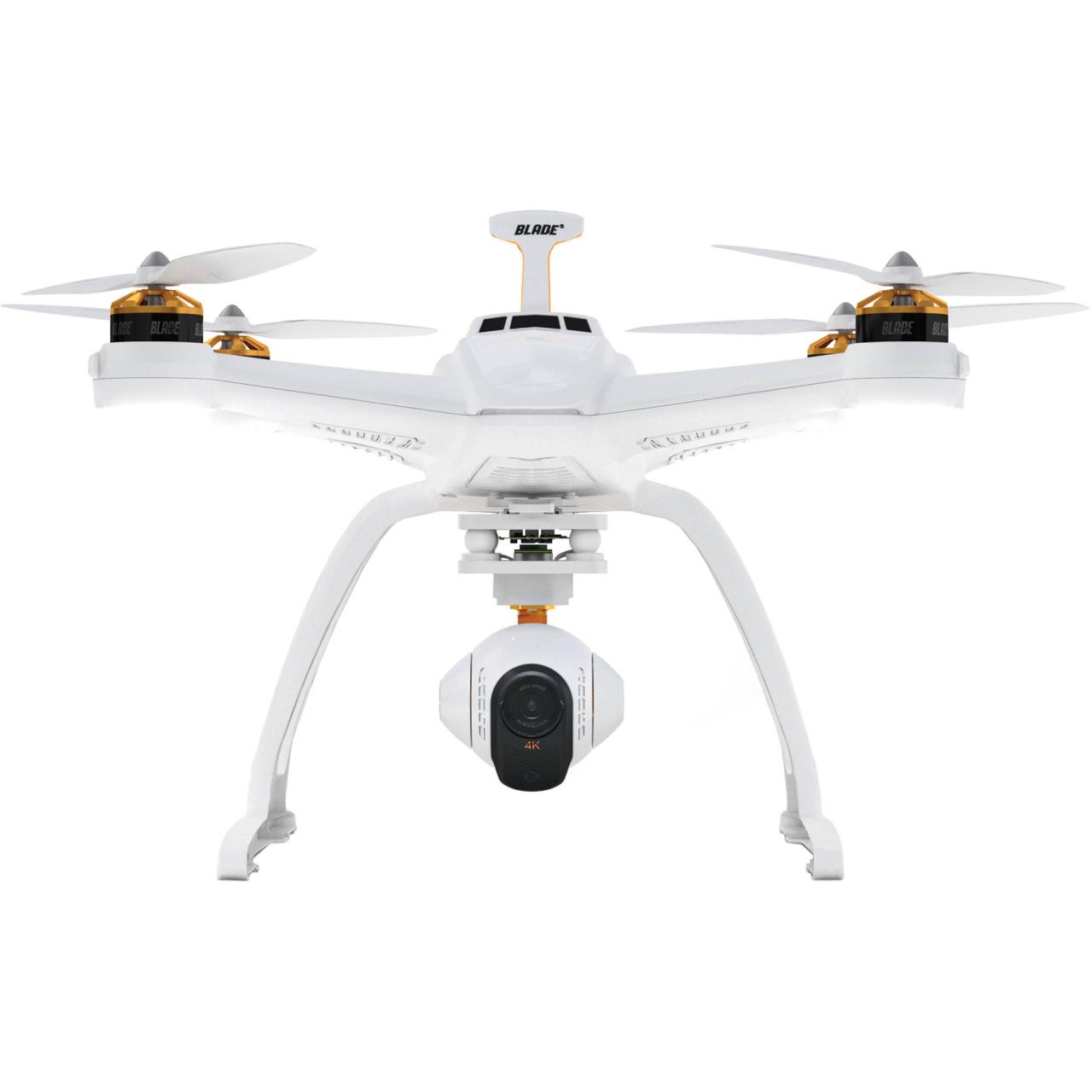Drone with camera technology has revolutionized aerial imaging, offering unprecedented access and perspectives. From breathtaking landscape photography to precise industrial inspections, drones equipped with high-resolution cameras are transforming various sectors. This exploration delves into the diverse types of drones available, their camera features, flight capabilities, and diverse applications, guiding you through the selection process and showcasing the stunning results achievable.
Drones equipped with cameras offer incredible versatility for capturing stunning aerial footage. For high-quality, ground-based perspectives, however, consider the capabilities of fixed cameras such as those found at the port dover camera installation. These fixed positions can provide a complementary view, offering a different perspective to enhance your overall visual narrative, particularly when used in conjunction with drone footage.
We’ll examine the intricacies of camera specifications, including sensor types, lens options, and video resolutions, and how these factors influence image quality. Further, we’ll discuss essential flight considerations such as battery life, maneuverability, and safety regulations. The practical applications across industries, from agriculture to construction, will be highlighted, along with post-processing techniques to optimize your aerial footage.
Types of Drones with Cameras

The world of drone cameras is diverse, offering a wide range of options for various needs and budgets. Understanding the different types and their capabilities is crucial for making an informed purchase. This section will classify drones based on camera features, intended use, and sensor types.
Drone Classification Based on Camera Capabilities
Drones are categorized based on their camera resolution, zoom capabilities, and image stabilization technology. High-resolution cameras capture more detail, while zoom capabilities allow for capturing subjects at varying distances. Image stabilization systems, such as electronic image stabilization (EIS) and mechanical gimbal stabilization, minimize blurring and improve image quality during flight.
Drone Examples by Intended Use
Different drones are designed for specific applications. Aerial photography drones prioritize high-resolution cameras and image stabilization, while videography drones emphasize smooth video recording and high frame rates. Inspection drones are often rugged and compact, with cameras capable of capturing detailed images in challenging environments. Surveillance drones typically focus on long flight times and discreet operation.
- Aerial Photography: DJI Mavic 3, Autel Evo II Pro
- Videography: DJI Inspire 2, Freefly Alta X
- Inspection: DJI Mavic 2 Enterprise Series, Parrot ANAFI USA
- Surveillance: Many custom-built drones with long-range capabilities and high-resolution cameras
Camera Sensor Types and Image Quality
Most drone cameras utilize CMOS (Complementary Metal-Oxide-Semiconductor) sensors, known for their low power consumption and high sensitivity. CCD (Charge-Coupled Device) sensors, while offering superior image quality in some instances, are less common in drones due to higher power consumption and cost. The sensor size also plays a significant role in image quality, with larger sensors generally capturing better low-light performance and dynamic range.
Comparison of Drone Models
| Drone Model | Camera Resolution | Sensor Type | Price (USD) |
|---|---|---|---|
| DJI Mavic 3 | 5.7K/4K | CMOS | ~2100 |
| Autel Evo II Pro | 6K/4K | CMOS | ~1800 |
| DJI Mini 3 Pro | 4K | CMOS | ~1000 |
| Parrot ANAFI USA | 4K HDR | CMOS | ~800 |
Camera Features and Specifications
Drone cameras offer a range of features impacting image and video quality. Understanding these features and their implications is vital for selecting the right drone for your needs.
Drone Camera Features
Many features enhance image capture. Image stabilization minimizes blurring, HDR (High Dynamic Range) improves detail in both shadows and highlights, slow motion captures fast-paced action, and time-lapse creates visually stunning sequences. Different lens types, such as wide-angle and telephoto, offer varied perspectives and capture ranges.
Impact of Lens Types
Wide-angle lenses capture a broader field of view, ideal for landscapes and establishing shots. Telephoto lenses magnify distant subjects, suitable for wildlife photography or capturing fine details from afar. The choice of lens greatly influences the perspective and composition of your shots.
Video Resolution and Frame Rates
Higher video resolutions (e.g., 4K, 8K) provide greater detail and clarity. Higher frame rates (e.g., 60fps, 120fps) enable smoother video and slow-motion capabilities. The combination of resolution and frame rate significantly impacts the overall quality and visual appeal of your drone footage.
Advantages and Disadvantages of Camera Features

- Image Stabilization: Advantage – Reduces blur; Disadvantage – May slightly reduce field of view.
- HDR: Advantage – Improved detail in high-contrast scenes; Disadvantage – Can slightly increase file size.
- Slow Motion: Advantage – Captures details of fast-moving subjects; Disadvantage – Requires higher frame rates and more storage space.
- Time-lapse: Advantage – Creates dramatic visual effects; Disadvantage – Requires longer flight times.
Drone Flight Capabilities and Performance

Drone flight characteristics significantly influence the quality and feasibility of aerial photography and videography. Understanding these aspects is crucial for selecting a drone that meets your specific requirements.
Flight Time and Camera Usage
Camera usage directly impacts flight time. Higher resolution video recording and frequent use of features like HDR consume more power, resulting in shorter flight durations. Therefore, choosing a drone with a long flight time and efficient power management is crucial for extended shoots.
Factors Affecting Image Quality During Flight
Wind, distance, and altitude all affect image quality. Strong winds can cause camera shake, while excessive distance can lead to loss of detail. Altitude influences perspective and the level of detail captured. Careful consideration of these factors is essential for obtaining high-quality aerial footage.
Maneuverability and Stability
Different drone designs offer varying degrees of maneuverability and stability. Larger drones with more powerful motors generally offer greater stability in windy conditions, while smaller, more agile drones excel in tight spaces. The choice depends on the specific demands of your application.
Flight Characteristics of Popular Drone Models
| Drone Model | Max Speed (km/h) | Range (km) | Flight Time (min) |
|---|---|---|---|
| DJI Mavic 3 | 72 | 15 | 46 |
| Autel Evo II Pro | 72 | 9 | 40 |
| DJI Mini 3 Pro | 50 | 7 | 34 |
| Parrot ANAFI USA | 55 | 4 | 25 |
Applications of Drones with Cameras
Drones with cameras are revolutionizing various industries, offering efficiency and cost-effectiveness. Their applications span diverse sectors, each benefiting from the unique capabilities of these versatile tools.
Drone Applications in Various Industries
In agriculture, drones assess crop health and optimize irrigation. In construction, they monitor progress, inspect structures, and assess safety. Real estate utilizes them for property marketing, showcasing properties from unique perspectives. Other applications include search and rescue, infrastructure inspection, and environmental monitoring.
Benefits of Drone Use in Different Sectors
Drones improve efficiency by automating data collection, reducing the need for manual inspections. They enhance safety by minimizing human exposure to hazardous environments. Cost savings are achieved through reduced labor costs and faster data acquisition.
Safety Regulations and Legal Considerations
Operating drones requires adherence to local regulations and safety guidelines. These regulations often involve registration, licensing, and restrictions on flight zones. Understanding and complying with these regulations is crucial for safe and legal drone operation.
Improving Efficiency and Reducing Costs
Drones significantly improve efficiency in various professional settings. Faster data acquisition, automated inspections, and reduced labor costs lead to significant cost savings, making drones a valuable asset across diverse industries.
Image and Video Processing
Post-processing drone imagery and video is crucial for enhancing quality and extracting valuable information. This section will explore processing capabilities, file formats, and techniques for enhancing drone media.
Image and Video Processing Capabilities
Popular drone models offer varying levels of onboard image processing. Some drones allow for adjustments to image parameters like contrast, saturation, and sharpness, while others offer more advanced features like HDR processing and image stabilization.
File Formats
Drone footage and imagery are commonly stored in formats like JPEG, RAW, MP4, and MOV. RAW files offer greater flexibility for post-processing, while compressed formats like MP4 are suitable for sharing and quick editing.
Post-Processing Techniques
Post-processing involves using software to enhance the quality of drone media. This includes color correction, sharpening, noise reduction, and stabilization. Software like Adobe Photoshop, Lightroom, and Premiere Pro are commonly used for these purposes.
Step-by-Step Guide on Processing Drone Footage
- Import footage into editing software.
- Stabilize footage (if necessary).
- Adjust color balance and contrast.
- Sharpen images and reduce noise.
- Export in desired format and resolution.
Choosing the Right Drone with Camera
Selecting the right drone requires careful consideration of individual needs, budget, and intended applications. This section will guide you through the process of selecting a drone that perfectly suits your requirements.
Guide on Selecting a Drone
Consider factors such as camera resolution, flight time, range, maneuverability, and budget. Match these factors with your specific needs, whether it’s aerial photography, videography, or inspection.
Criteria for Evaluating Drone Cameras
Assess camera resolution, sensor size, lens type, image stabilization, and video recording capabilities. Consider the specific requirements of your application when evaluating these features.
Decision-Making Flowchart
A flowchart can help you systematically assess your needs and match them with the available drone options. Start by defining your primary use case, then consider budget and essential features. This process will lead you to the most suitable drone model.
Drones equipped with cameras offer a versatile perspective for capturing stunning aerial footage. For a real-time example of this technology’s application, check out the live feed from the port dover live camera , which showcases the potential of remote observation. This highlights how drone camera technology can provide similar, continuously updated views of various locations, offering both practical and aesthetic benefits.
Factors Influencing Drone Selection
| Factor | Description | Importance |
|---|---|---|
| Budget | Price range for the drone | High |
| Camera Quality | Resolution, sensor size, lens type | High |
| Flight Time | Duration of flight on a single battery | Medium |
| Range | Maximum distance from the controller | Medium |
Drone Accessories and Upgrades: Drone With Camera
Various accessories and upgrades can enhance drone performance and functionality. This section explores these options and their impact on image quality and flight performance.
Drone Accessories
Essential accessories include extra batteries for extended flight times, ND filters to control light exposure, carrying cases for protection and portability, and propellers for replacements. More advanced accessories might include gimbals for improved stability or specialized lenses.
Benefits of Upgrading Drone Components
Upgrading components can improve flight performance, extend flight time, and enhance image quality. For example, upgrading the camera sensor or adding a more powerful motor can significantly improve the drone’s capabilities.
Impact of Accessories on Image Quality and Flight Performance
ND filters reduce light entering the lens, beneficial in bright conditions. Extra batteries extend flight time, allowing for longer shoots. Properly maintained propellers ensure efficient flight and prevent crashes. Gimbal upgrades improve image stability.
Essential Accessories for Various Drone Applications
- Aerial Photography: ND filters, high-capacity batteries, carrying case
- Videography: Gimbal, external microphone, extra batteries
- Inspection: Rugged carrying case, additional propellers, thermal camera
Illustrative Examples of Drone Photography and Videography
Stunning imagery and videos can be achieved with drones by mastering camera settings and techniques. This section will showcase examples and explain the visual elements that contribute to high-quality drone media.
Stunning Drone Imagery and Video Descriptions
Imagine a sweeping shot of a vast landscape, captured with a wide-angle lens at golden hour. The low sun casts long shadows, creating a dramatic contrast. Alternatively, picture a detailed close-up of a bustling city, captured with a telephoto lens, showcasing the intricate details of the urban environment. A time-lapse sequence could reveal the movement of clouds across the sky or the changing patterns of city lights over time.
Composition, Lighting, and Visual Elements
Mastering composition involves utilizing the rule of thirds, leading lines, and framing to create visually appealing images. Lighting is crucial, with golden hour and blue hour offering soft, diffused light ideal for capturing stunning landscapes. The interplay of light and shadow adds depth and dimension to the images.
Camera Settings Impact, Drone with camera
Aperture controls depth of field, with wider apertures creating shallow depth of field for isolating subjects. Shutter speed determines motion blur, with faster shutter speeds freezing motion. ISO affects image sensitivity to light, with higher ISO values suitable for low-light conditions but potentially increasing noise.
Ultimately, the choice of a drone with camera hinges on individual needs and budget. Understanding the interplay between camera capabilities, flight performance, and intended applications is crucial for making an informed decision. With careful consideration of these factors, you can harness the power of aerial imaging to capture stunning visuals and enhance efficiency across a wide range of endeavors.
The future of drone technology promises even more sophisticated features and expanded applications, making this an exciting field to explore.
FAQ Overview
What is the flight time of most consumer drones with cameras?
Flight times vary greatly depending on the drone model and battery size, typically ranging from 15 to 30 minutes, sometimes longer with larger batteries.
How do I legally operate a drone with a camera?
Regulations vary by country and region. Generally, registration and adherence to airspace restrictions are required. Check with your local aviation authority for specific rules and regulations.
What are the best practices for storing drone footage and images?
Regularly back up your footage to multiple locations (cloud storage, external hard drives). Use appropriate file formats for optimal quality and storage efficiency.
Can I use a drone with a camera in all weather conditions?
No, most drones are not suitable for operation in extreme weather conditions like heavy rain, strong winds, or snow. Consult your drone’s manual for specific operating limitations.
